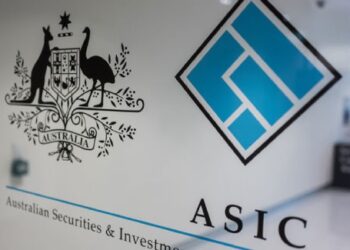Last year, the ATO released draft Law Companion Ruling 2019/D3 outlining its interpretation of the non-arm’s length income (NALI) amendments to s 295-550 of the Income Tax Assessment Act 1997 (Cth) (ITAA 1997).
The draft LCR generated some controversy within the SMSF industry, with some criticising the view taken by the ATO that where a loss, outgoing or expense is incurred by a fund and the amount is less than arm’s length, then all of the fund’s ordinary and statutory income should be taxed at 45 per cent.
The ATO announced in June that it would delay finalising the ruling, and extend the transitional period for complying with LCR 2019/D3 for an additional financial year, under PCG 2020/5.
With the Treasury supporting the ATO’s view that the non-arm’s length income rules should apply to general expenses, the industry is now hoping for a “de minimis” threshold to be introduced in the final ruling from the ATO.
Speaking to SMSF Adviser, BDO superannuation partner Mark Wilkinson said without the introduction of a “de minimis” threshold, the application of the non-arm’s length income provisions to general expenditure could result in higher audit fees for funds.
Mr Wilkinson said there is potentially a very large number of funds carrying out activities with respect to their fund for which they should be charging a fee.
The amendments relating to general expenditure will have a significant impact on the tax liabilities of the fund where the fund has not charged an arm’s-length fee for services provided or charged a fee at all, he said.
Without a de minimis threshold, Mr Wilkinson said this will likely have flow-on impacts for SMSF audits in terms of increased work for auditors and therefore higher fees.
“Part A of the audit report requires the auditor to state that the accounts are correct and that the tax calculation is materially correct,” he said.
“If you have one of these non-arm’s length expenses that are being incurred where an arm’s-length figure has not been paid, then potentially that could have a material impact on the tax liability.”
The de minimis threshold would help in this regard, he said, as both the SMSF and the auditor would be able to dismiss expenses that are below a certain amount.


